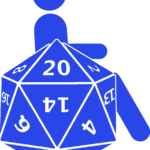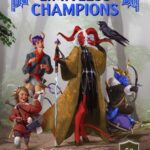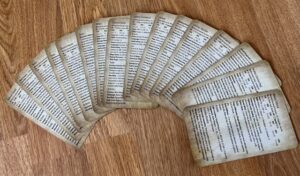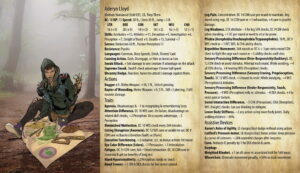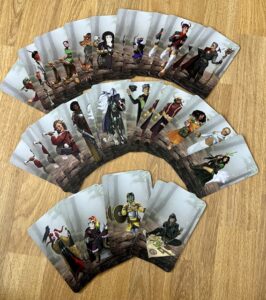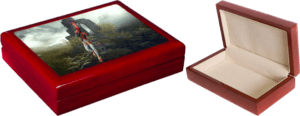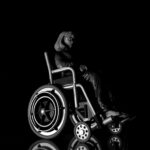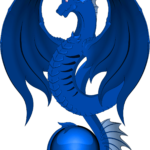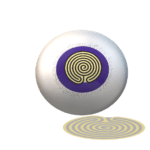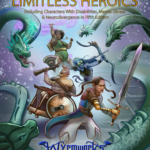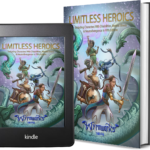Attention Deficit (ADHD) for D&D 5e
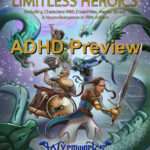
How can you represent Attention Deficit Hyperactivity Disorder (ADHD) in 5e that reflects real world experiences? Here’s a free sample from Limitless Heroics to implement them in your game.
Content Warning: Cyberbullying
Last year, I posted an early draft version of this preview to promote Limitless Heroics as I prepared for the Kickstarter campaign. In December, it, and consequently I, became the target of a Twitter hater cyberbullying attack by hundreds of people throughout the TTRPG community.
As a result of that, I pulled it down and wanted to hide. I seriously considered canceling the campaign altogether and closing up shop completely, but too many people were counting on me, and I was encouraged by some well-respected people in the industry to carry on, so with much trepidation, I continued with the campaign, avoiding Twitter and literally getting nauseated every time my phone made the new email chime for fear of the subsequent hate that flowed from that attack, and it has taken me this long to work up the courage to make this revised sample live again, reminding myself that, as big as the Twitter mob was, I’ve received nearly as many heartfelt notes of thanks and support, and ten times as many have already backed or preordered it. And with help from a licensed counselor, I’m learning to manage the subsequent anxiety and depression I’ve developed.
Ironically, I was recently diagnosed with ADHD myself, so I post this revision with confidence as it also reflects my own lived experience and that of many more who also have given input and affirm this as a reflection of their own experiences, plus it has been discussed and revised based on feedback from five sensitivity readers from multiple fields.
Because ADHD is a complex condition with a variety of expressions, we broke it into at least 3 separate traits with options for more, depending on your experience, but here are the three most common associated traits. (I personally have several more.)
You can use this sample by itself for free or purchase a copy of Limitless Heroics for a more comprehensive guide to disability, neurodiversity, and mental illness representation in fifth edition. Thanks for your interest in making the D&D and broader TTRPG space more inclusive and representative. (If you use it alone, IE = Impact Extent. See the tables for an explanation.)
LAYOUT NOTE: The format of this preview does not reflect the final format of Limitless Heroics, which we designed for maximum accessibility, including dyslexia-friendly.

